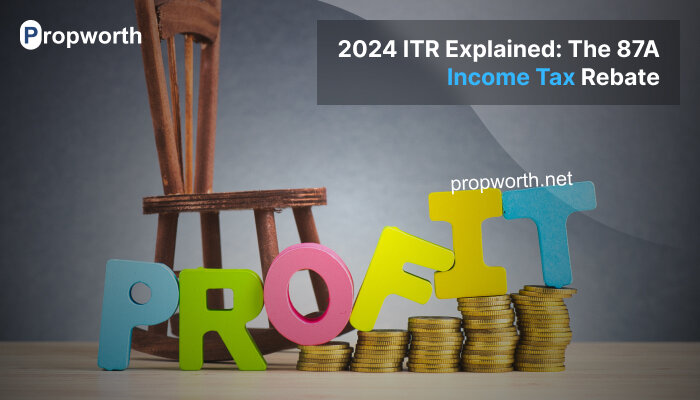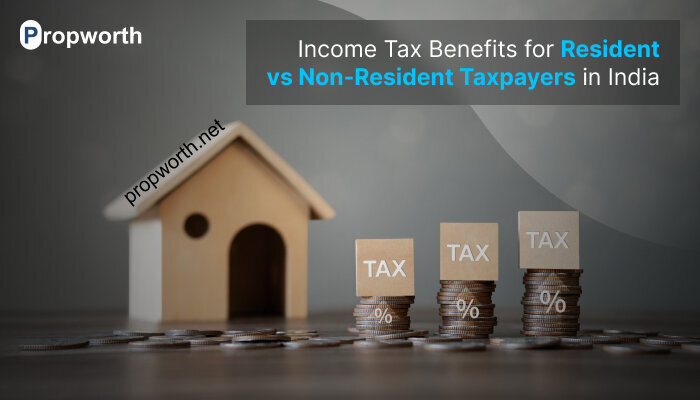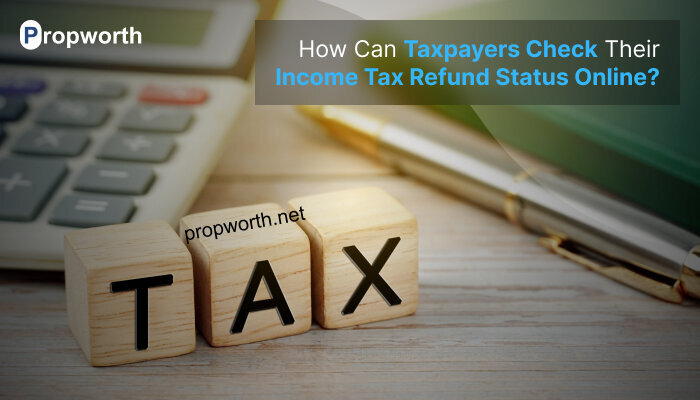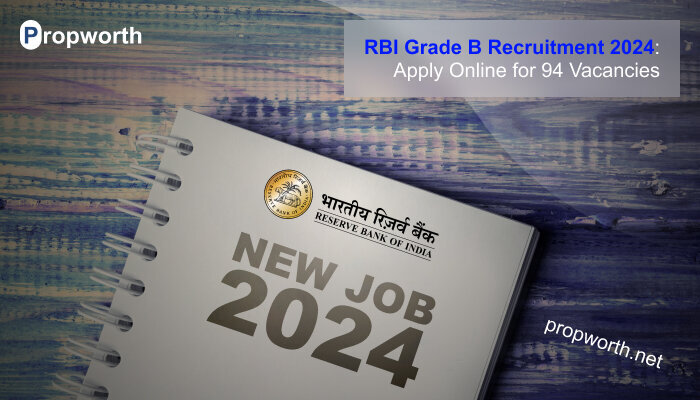As the financial year comes to a close, taxpayers in India are gearing up to file their Income Tax Returns (ITRs). One of the most significant benefits that taxpayers can claim is the rebate under Section 87A of the Income Tax Act. However, many taxpayers are unaware of this provision or find it challenging to understand. In this article, we will break down the 87A income tax rebate, its eligibility criteria, and why not everyone can benefit from it.
What is the 87A Income Tax Rebate?
The 87A tax rebate is a provision in the Income Tax Act of India, designed to reduce the tax liability for eligible taxpayers. This rebate is particularly beneficial for individuals with lower income, providing them with financial relief.
Who is Eligible for the Rebate?
To claim the 87A rebate, you must be:
- A resident individual in India
- Taxpayer should be an individual
- Filing under the old or new tax regime
- Taxpayer should not have claimed any other deductions or exemptions that reduce their taxable income
Here’s where the income limit comes in:
- Old Tax Regime: Total income after deductions under Chapter VIA (like investments made under Section 80C) should be less than ₹5 lakh.
- New Tax Regime: Total income after deductions under Chapter VIA should be less than ₹7 lakh (introduced in FY 2023-24).
How Much is the Rebate?
The rebate amount is not fixed. It’s the lower of two figures:
- The amount of income tax payable on your total income, or
- A specific limit depending on your chosen tax regime:
- Up to ₹12,500 for the old tax regime
- Up to ₹25,000 for the new tax regime (introduced in FY 2023-24)
For example, let’s say you’re under the new tax regime and your calculated tax liability is ₹15,000. In this case, the rebate you can claim is ₹15,000 (as it’s lower than the ₹25,000 limit), and your final tax payment would be zero.
How to Calculate the Rebate
Here’s a step-by-step guide to estimate your potential rebate amount:
- Calculate your total income: Add up your income from all sources like salary, interest on investments, rental income, etc.
- Apply deductions under Chapter VIA: Subtract deductions allowed under sections like 80C (for investments in PPF, ELSS mutual funds, etc.), 80D (for medical insurance premiums), etc.
- Arrive at your net taxable income: This is the figure after all eligible deductions are applied.
- Check the income limit for your tax regime: As mentioned earlier, it’s ₹5 lakh for the old regime and ₹7 lakh for the new regime.
- Compare your net taxable income with the limit: If your net taxable income is lower than the limit for your chosen regime, proceed to the next step.
- Calculate your tax liability: Use the tax slabs applicable to your income and tax regime to calculate the tax you owe before cess (health and education cess).
- Determine the applicable rebate limit: Refer to the limits mentioned earlier (₹12,500 or ₹25,000).
Why Not Everyone Can Benefit from the Rebate?
While the 87A income tax rebate is a valuable benefit, not everyone can claim it. Here are some reasons why:
- Net income exceeds ₹5 lakh: If your net income exceeds ₹5 lakh, you are not eligible for the rebate.
- Other deductions and exemptions: If you have claimed other deductions or exemptions that reduce your taxable income, you may not be eligible for the rebate.
- Incorrect ITR filing: If you file your ITR incorrectly or miss claiming the rebate, you will not receive the benefit.
As of July 5, 2024, there have been reports of a glitch in the ITR filing system. This glitch seems to be affecting people with specific types of income, such as:
- Short-term capital gains on equity shares or equity-oriented mutual funds (taxed at 15% under Section 111A)
- Long-term capital gains (taxed under Section 112)
If you fall into these categories, the system might not be automatically applying the rebate, even though you might be eligible.
What to Do if You Think You’re Eligible?
Here’s what you can do:
- Double-check your eligibility: Make sure your total income after deductions falls within the limits for your chosen tax regime.
- Review your tax calculations: Manually calculate how much tax you owe and compare it to the rebate amount. There are online resources and tax filing tools that can help you with this.
- Consult a tax advisor: If you’re unsure or facing issues with the system, consider seeking help from a qualified tax advisor who can guide you through the process.
- Stay updated: Keep an eye on official government websites and news sources for updates on the glitch and any potential solutions.
Remember: The income tax filing system is constantly changing, and glitches can occur. By staying informed and taking the necessary steps, you can ensure you claim the benefits you’re entitled to.
Tips to Ensure You Get the Rebate
To ensure you receive the 87A income tax rebate, follow these tips:
- File your ITR accurately: Make sure to file your ITR correctly, claiming all eligible deductions and exemptions.
- Review your net income: Ensure your net income does not exceed ₹5 lakh.
- Claim the rebate: Specifically claim the rebate under Section 87A in your ITR.
Conclusion
The 87A income tax rebate is a valuable benefit for small taxpayers in India. By understanding the eligibility criteria and calculating the rebate correctly, taxpayers can reduce their liability and save money. However, it’s essential to be aware of the limitations and ensure accurate ITR filing to claim the rebate. Don’t miss out on this opportunity to reduce your tax burden, file your ITR correctly, and claim the 87A income tax rebate today!










